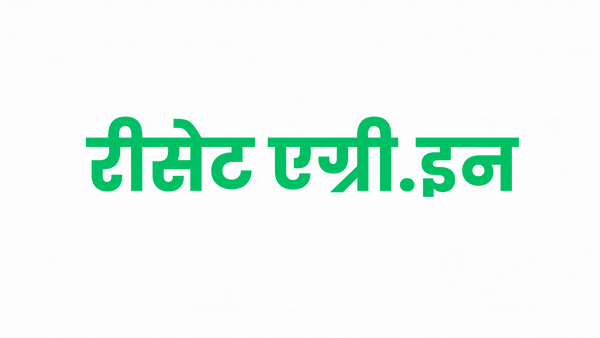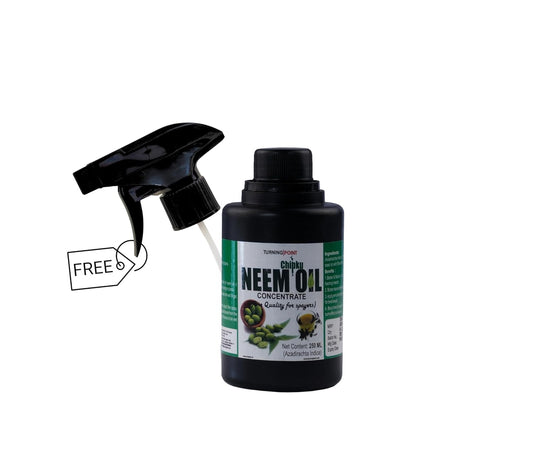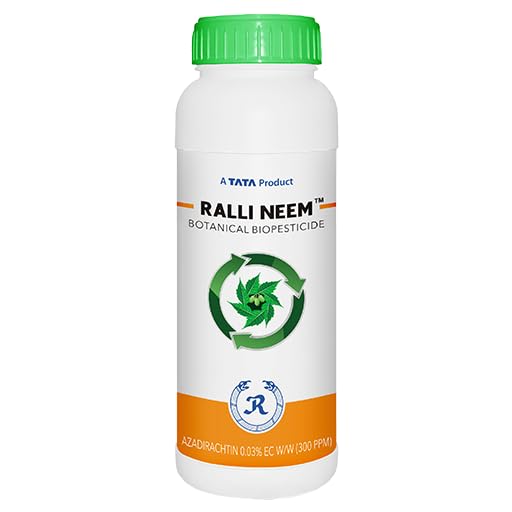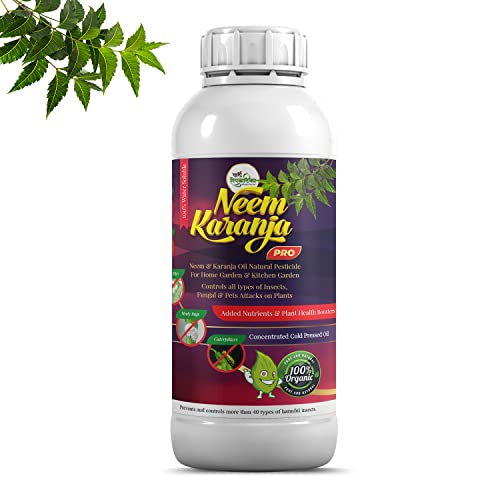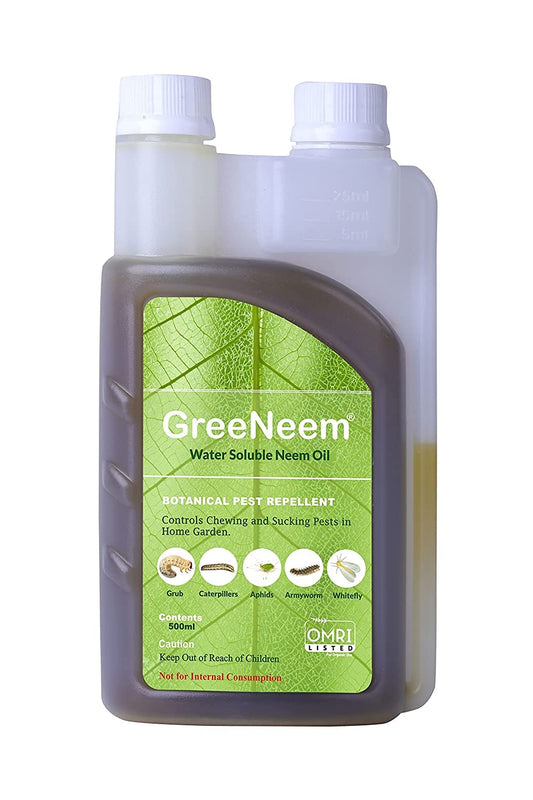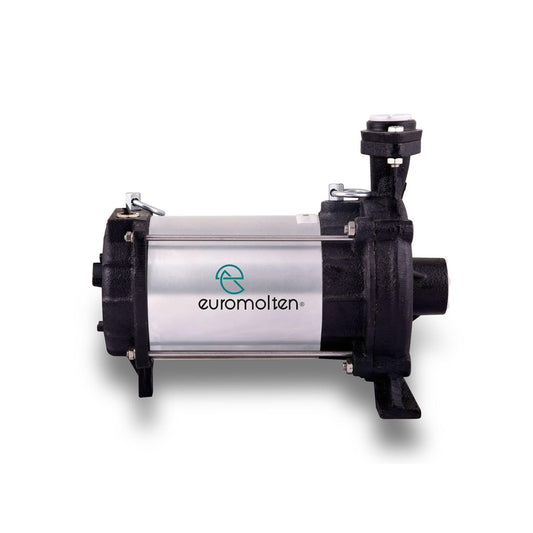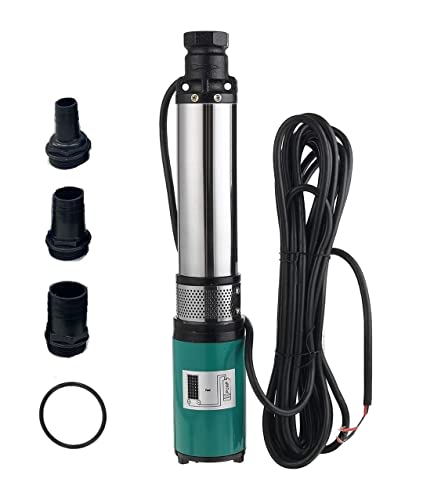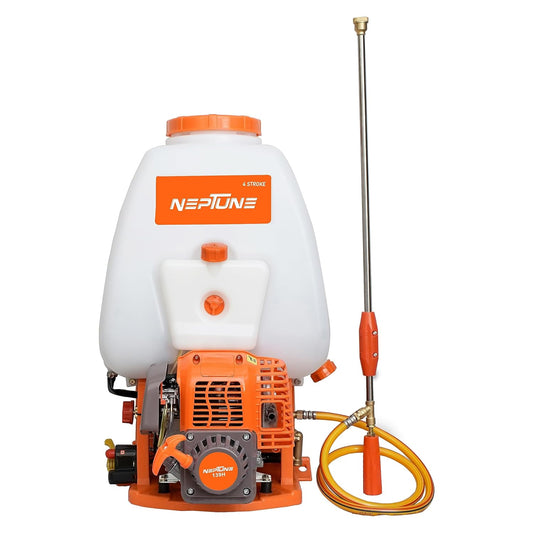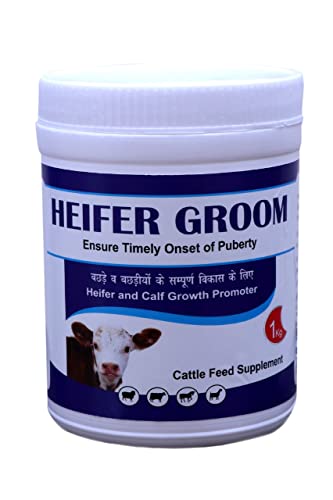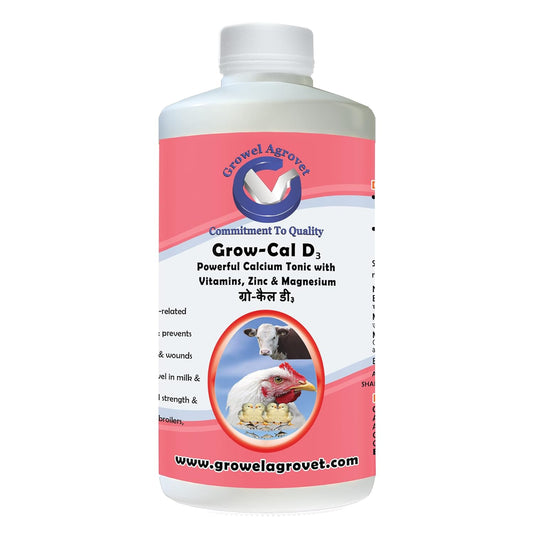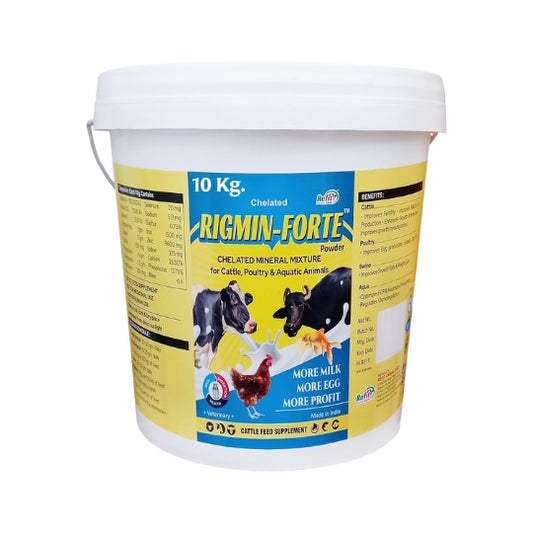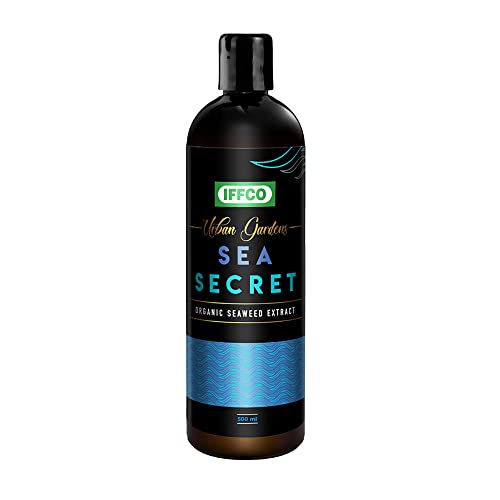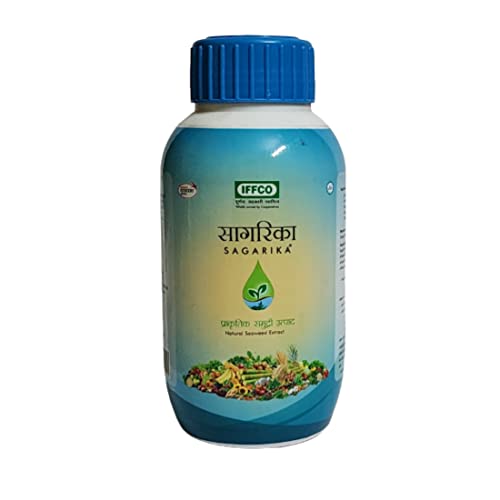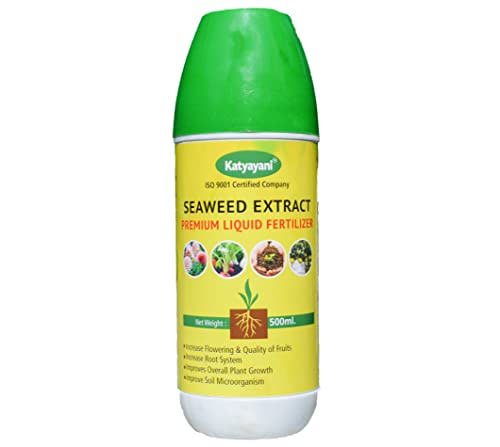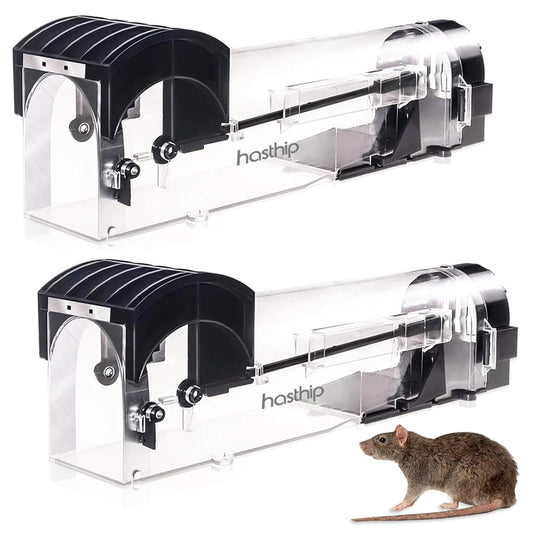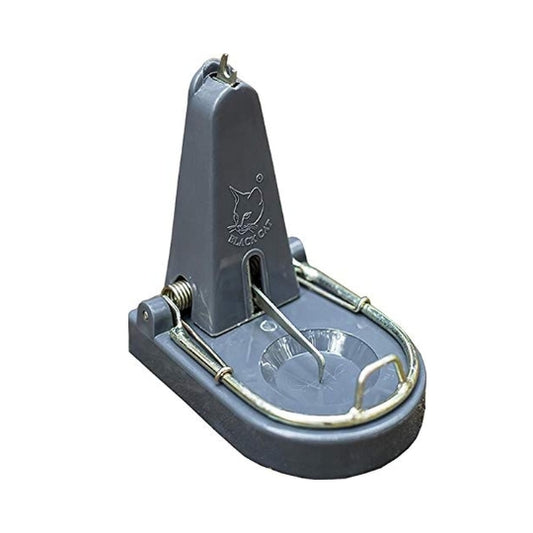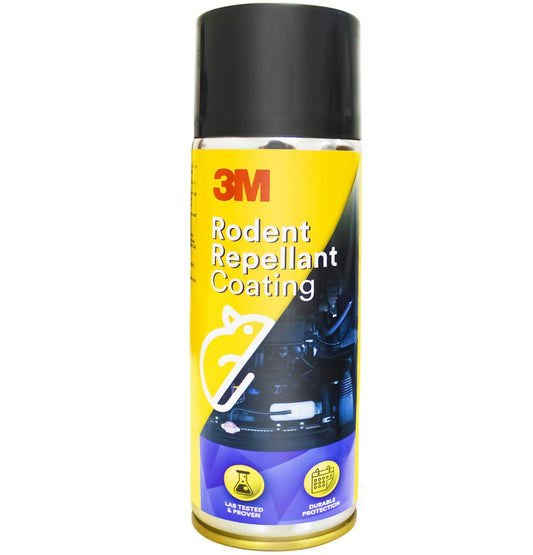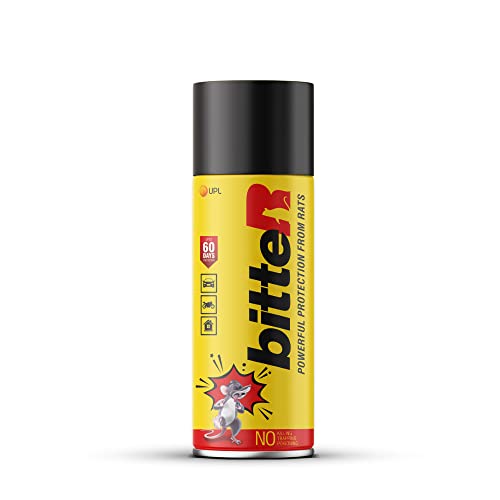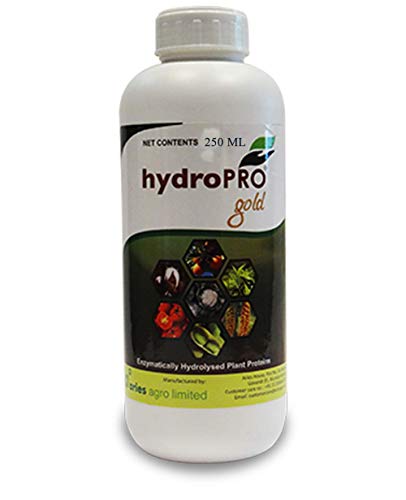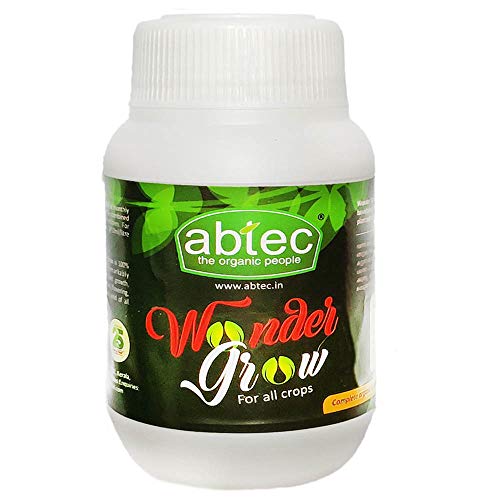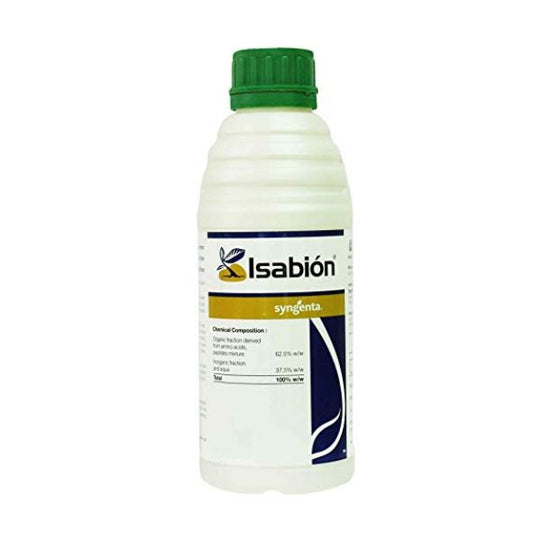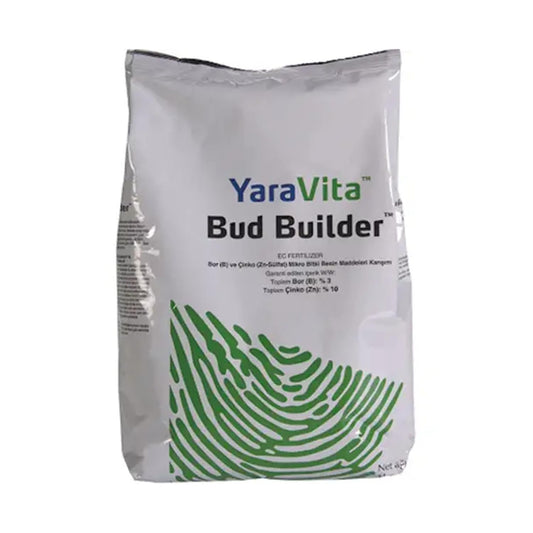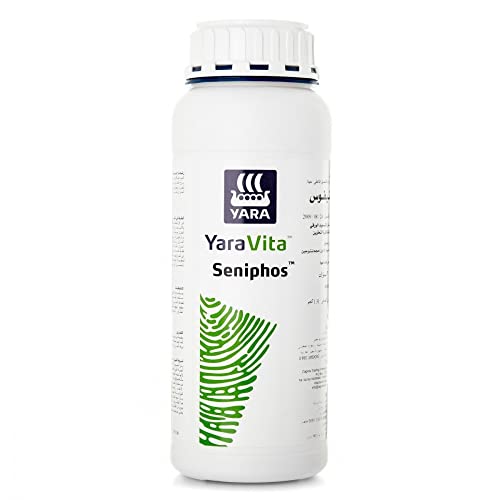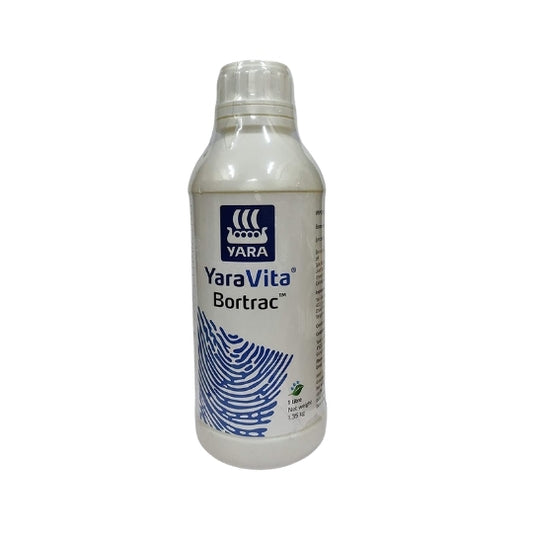Generic
Theeta 50 ml Super Power Bio-Product for Plants
Theeta 50 ml Super Power Bio-Product for Plants
Bio Theeta Organic Pesticide (1% azadirachtin) is an emulsifiable concentrate that is effective in controlling a wide range of pests (sucking & chewing) of garden plants. Make a solution mixing 3 ml on the product in a liter of water and when used as recommended through a high-volume sprayer, this product controls pests effectively.
- The product has unique modes of action that ensure sustained pest control and eradication from the area upon application.
- It acts as an anti-fee dent and prevents the pest from feeding any further after spraying on the crop and it prevents the female insects from laying eggs and also has ovicidal effects.
- The product also acts as an insect growth regulator and prevents molting of the larvae.
- It also acts as a repellent against pests. Further, it also acts as a synergism along with chemical pesticides to increase the efficacy.
- It has excellent UV stability on plants and its systemic activity and does not leave any residue.
Click here to check more offers on best quality Neem based biopesticides
Here's a discussion of the differences between azadirachtin-based and oil-based neem pesticides, how to differentiate them, and why oil-based neem pesticides might be less desirable:
Differences
-
Active Ingredient:
- Azadirachtin-based: The primary active ingredient is azadirachtin, a compound extracted from neem seeds. Azadirachtin acts as an insect growth regulator, repellent, and antifeedant.
- Oil-based: The primary active ingredient is raw neem oil. Neem oil acts primarily by smothering soft-bodied insects and can have some repellent effects.
-
Mode of Action:
- Azadirachtin-based: Disrupts insect development, feeding, and reproduction. It is most effective against immature insects.
- Oil-based: Works through physical contact, coating insects and their eggs, interfering with respiration and potentially disrupting feeding.
Label and Content Differentiation
-
Active Ingredient List: Check the label for the active ingredient. Azadirachtin-based products will list azadirachtin and its concentration explicitly. Oil-based products will usually say "neem oil" with a percentage, or refer to "clarified hydrophobic extract of neem oil".
-
Additional Information:
- Azadirachtin-based products often list specific target pests and their life stages.
- Oil-based products might be labeled more broadly as general insecticides or miticides.
Reasons to be Careful with Oil-Based Neem Pesticides
-
Phytotoxicity: Neem oil in its raw form can cause phytotoxicity (damage to plants), especially under these conditions:
- High temperatures: The risk increases in hot weather.
- Sensitive plants: Some plants are more susceptible.
- Incorrect emulsification: If the oil is not mixed well with water, it can cause uneven application and burning.
-
Non-target Effects: While neem products are generally safer for beneficial insects than conventional pesticides, neem oil's smothering action can harm beneficial insects as well as pests if applied indiscriminately.
-
Variable Quality: Oil-based neem products have less standardization compared to those based on azadirachtin. Their effectiveness can vary based on the quality and concentration of the oil used.
Recommendations for Farmers
-
Prioritize Azadirachtin-Based Products: Due to less risk of plant damage and more targeted effects, these are generally a safer and more predictable choice.
-
Use Oil-Based Products with Caution: If using oil-based neem:
- Choose products with clear instructions and specified concentrations.
- Always test on a small area of the plant before wide application.
- Apply in the cooler parts of the day.
- Use proper emulsification techniques.
- Avoid spraying on beneficial insects whenever possible.
Important Considerations:
- Integrated Pest Management: Neem-based pesticides should be used as one tool within a broader integrated pest management (IPM) strategy that emphasizes prevention, monitoring, and using the least toxic methods first.
- Always Read the Label: No matter the type of pesticide, the label is your most important source of information for safe and effective use.
Click here to check more offers on best quality Neem based biopesticides
Share
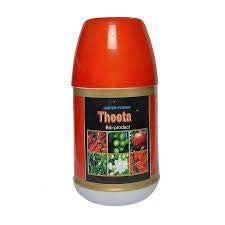
Explore more offers!
-
Limited Time Offers: Get Discounted Neem Oil, Free Delivery, and More!
Regular price Rs. 294.00Regular priceUnit price / perRs. 300.00Sale price Rs. 294.00Sale -
Protect Your Crops Naturally with Ralli Neem 300 PPM – The Trusted Choice!
Regular price Rs. 700.00Regular priceUnit price / perRs. 735.00Sale price Rs. 700.00Sale -
Neem Oil & Karanja Oil PRO Mix 100ml | 100% Water Soluble for Plants Insects Spray Pesticide for Plants Home Garden Organic pest Control, for Insecticide Spray
Regular price Rs. 260.00Regular priceUnit price / perRs. 320.00Sale price Rs. 260.00Sale -
Be a Happy User of GreeNeem and Enjoy Offers on Amazon
Regular price Rs. 361.00Regular priceUnit price / perRs. 764.00Sale price Rs. 361.00Sale
-
EUROMOLTEN Submersible Pump
Regular price Rs. 8,790.00Regular priceUnit price / perRs. 14,000.00Sale price Rs. 8,790.00Sale -
FLOJOY Asian Pump & Machineries Dc 24V 250W Solar Submersible Water Pump
Regular price Rs. 7,500.00Regular priceUnit price / perRs. 68,000.00Sale price Rs. 7,500.00Sale -
Get Your Crops Thriving: Powerful Sprayer, Easy Farming!
Regular price Rs. 11,999.00Regular priceUnit price / perRs. 16,500.00Sale price Rs. 11,999.00Sold out -
Tired of Wild Animals Ruining Your Crops? Get Peace of Mind with a Solar Fence!
Regular price Rs. 3,499.00Regular priceUnit price / perRs. 7,899.00Sale price Rs. 3,499.00Sale
-
Boost Calf & Heifer Growth! See Real Results.
Regular price Rs. 449.00Regular priceUnit price / perRs. 668.00Sale price Rs. 449.00Sale -
Healthy Animals, Happy Owners
Regular price Rs. 500.00Regular priceUnit price / perRs. 1,000.00Sale price Rs. 500.00Sale -
Chelated Mineral Mixture | Cattle Mineral Mixture | Cow Mineral Mixture | Buffalo Mineral Mixture | Goat Mineral Mixture | Chicken Mineral Mixture | Poultry Supplement | Milk Production | Animal Growth | RIGMIN-FORTE | Animal Vitamins and Minerals
Regular price Rs. 1,842.00Regular priceUnit price / perRs. 2,199.00Sale price Rs. 1,842.00Sale -
Happy, Healthy Animals: Buy Mineral Block Animal Lick That Saves You Money!
Regular price Rs. 450.00Regular priceUnit price / perRs. 799.00Sale price Rs. 450.00Sale
-
Give Your Plants the Secret to Bumper Harvests & Vibrant Growth!
Regular price Rs. 399.00Regular priceUnit price / perRs. 600.00Sale price Rs. 399.00Sale -
IFFCO Sagarika Natural Seaweed Extract Liquid Plant Growth Promoter | Seaweed Fertilizer Price & Offer
Regular price Rs. 440.00Regular priceUnit price / perRs. 600.00Sale price Rs. 440.00Sale -
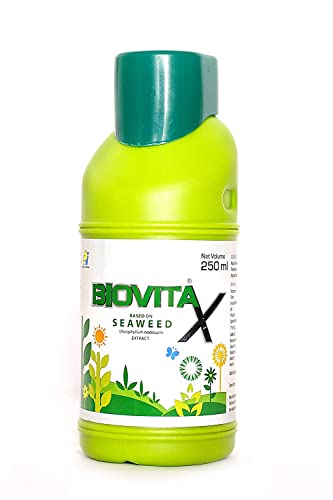
PI Industries Organic Biovita Liquid Seaweed Plant Growth Regulator For Home Garden & Plants (250Ml)
Regular price Rs. 160.00Regular priceUnit price / perRs. 250.00Sale price Rs. 160.00Sale -
Katyayani Seaweed Extract Water Soluble Liquid | Organic Plant Growth Promoter & Bio-Stimulant | 500ml x 1 |
Regular price Rs. 295.00Regular priceUnit price / perRs. 1,240.00Sale price Rs. 295.00Sale
-
Great Product, Worth the Money: Real Customers, Real Results Against Rats and Mice!
Regular price Rs. 0.00Regular priceUnit price / per -
Black Cat Standard Rat Trap
Regular price Rs. 380.00Regular priceUnit price / perRs. 420.00Sale price Rs. 380.00Sale -
3M Rodent Repellent Coating, Rat Repellent Spray
Regular price Rs. 595.00Regular priceUnit price / per -
bitteR Powerful Protection from Rats
Regular price Rs. 595.00Regular priceUnit price / per
-
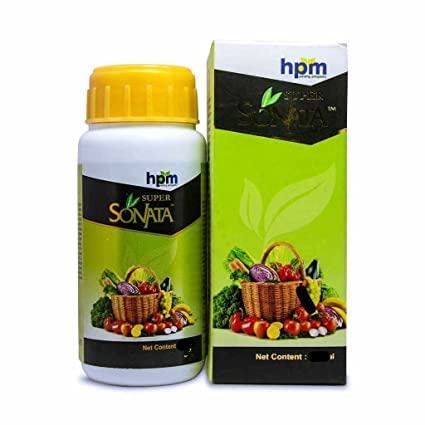 Sale
SaleHPM Super Sonata
Regular price Rs. 1,299.00Regular priceUnit price / perRs. 1,599.00Sale price Rs. 1,299.00Sale -
Hydropro Gold | Plant Nutrition | Proteins, peptides & amino acids
Regular price Rs. 500.00Regular priceUnit price / perRs. 517.00Sale price Rs. 500.00Sale -
Abtec, The Organic People Wonder Grow Concentration Of A Blend Of Humic Acid Potassium Humate, Fulvic Acid, Amino Acid, Seaweed & Plant Extract, Vitamins, Natural Mineral & Microbial Metabolites 100Ml
Regular price Rs. 236.55Regular priceUnit price / perRs. 250.00Sale price Rs. 236.55Sale -
Isabion: Unleash your crops' full potential!
Regular price Rs. 650.00Regular priceUnit price / perRs. 790.00Sale price Rs. 650.00Sale
-
YaraVita Bud Builder for more fruits
Regular price Rs. 1,386.00Regular priceUnit price / perRs. 2,600.00Sale price Rs. 1,386.00Sale -
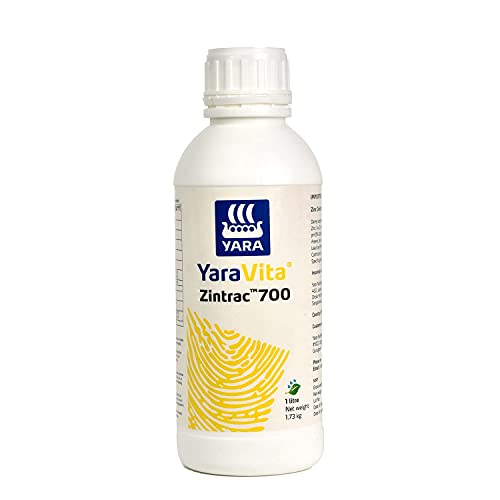
YaraVita Zintrac 700 |Zinc 39.5% Liquid Spray | Plant Growth Fertilizer | Eliminate Zinc Deficiency
Regular price Rs. 1,286.00Regular priceUnit price / perRs. 1,830.00Sale price Rs. 1,286.00Sale -
YaraVita Seniphos (Calcium Di-Hydrogen Phosphate)
Regular price Rs. 1,499.00Regular priceUnit price / perRs. 2,100.00Sale price Rs. 1,499.00Sale -
YaraVita Bortrac | Boron Deficiecy | Foliar Spray | Micronutrient Spray | Improved Flowering | Improved Fruiting
Regular price Rs. 477.00Regular priceUnit price / perRs. 990.00Sale price Rs. 477.00Sale
